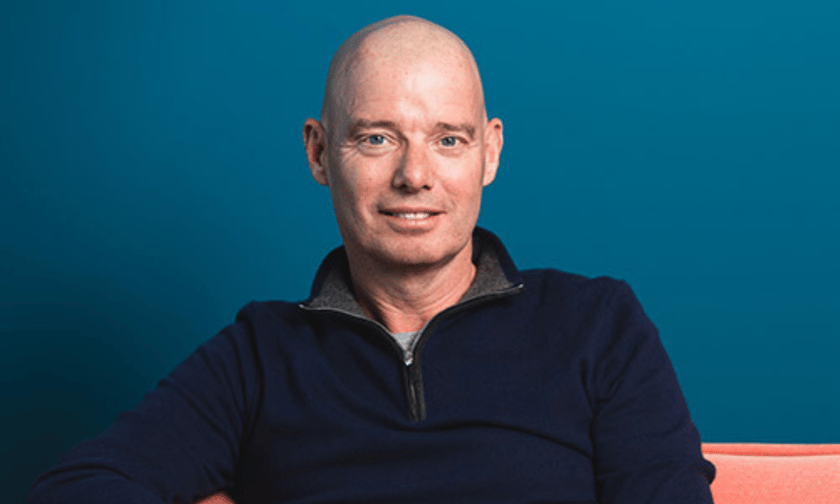
Market growth in recent years also softened the blow

Puerto Rico-domiciled insurers are expected to manage losses stemming from Hurricane Ernesto’s storm surge, power outages, and flooding, with the most significant impacts observed in the island’s eastern and central regions, according to a new commentary from AM Best.
However, the report indicates that it is still early in the claims handling process. Initial feedback from insurers suggests that property losses will be moderate and are likely to remain within reinsurance limits.
According to discussions with AM Best-rated companies, the majority of the damage has been caused by storm surge and flooding, the latter of which is not typically covered under standard homeowners’ policies.
Jason Hopper, associate director of industry research and analytics at AM Best, noted that the processing of claims could be delayed due to widespread infrastructure issues and power outages across the island. Supply chain and transportation challenges are also further complicating the situation.
Hopper also highlighted the uncertainty surrounding the extent of business interruption losses, given the ongoing power outages in Puerto Rico. Many local carriers that underwrite commercial policies and offer power outage endorsements have reported that a significant number of policyholders do not include this endorsement in their coverage.
Before Hurricanes Maria and Irma, premium growth in Puerto Rico had been stagnant for years. However, since then, net premiums written (NPW) have increased by nearly 6% annually on average, except for a slight decline in 2020.
Additionally, unaffiliated Puerto Rico-domiciled companies have taken a larger share of the total NPW, accounting for nearly 78% in 2023, up from 68% in 2018.
Since 2017, premium ceded by these companies to reinsurance firms has more than doubled. While some companies have reduced their exposures due to a reassessment of risk tolerance in response to rising reinsurance costs, renewals for 2023 and 2024 have been less turbulent, and rate increases have moderated in 2024. Insurers have indicated that, to date, losses from Hurricane Ernesto are expected to remain within reinsurance limits.
What are your thoughts on this story? Please feel free to share your comments below.
Keep up with the latest news and events
Join our mailing list, it’s free!




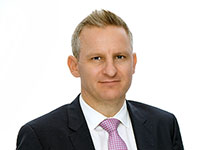 debriefings. As hurricane season heats up – and the market braces for an “
debriefings. As hurricane season heats up – and the market braces for an “
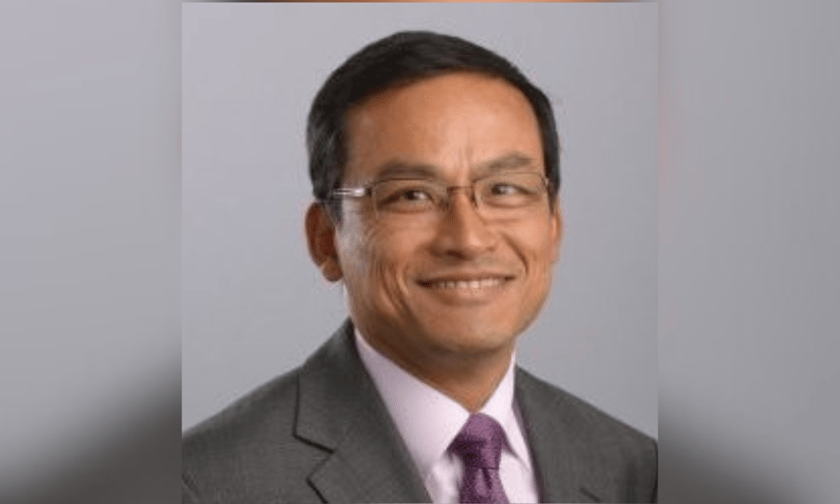
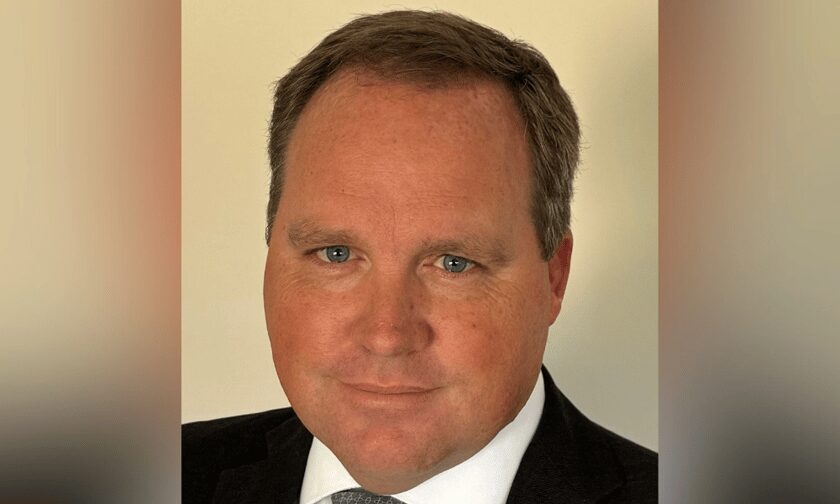
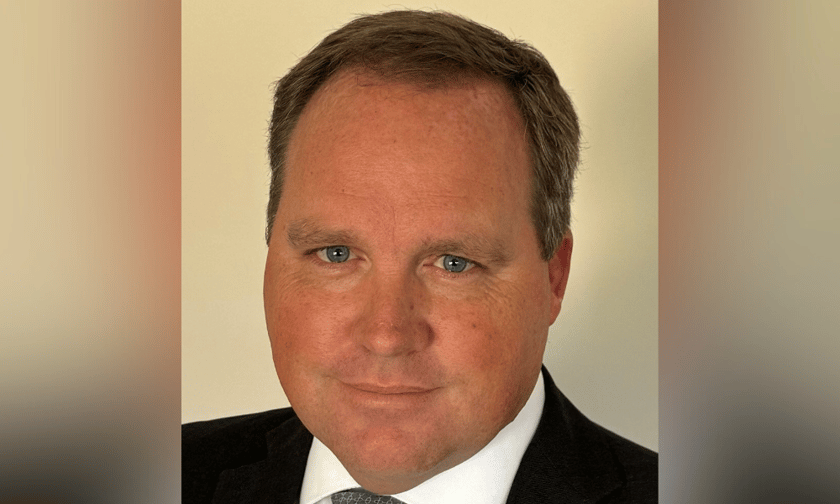
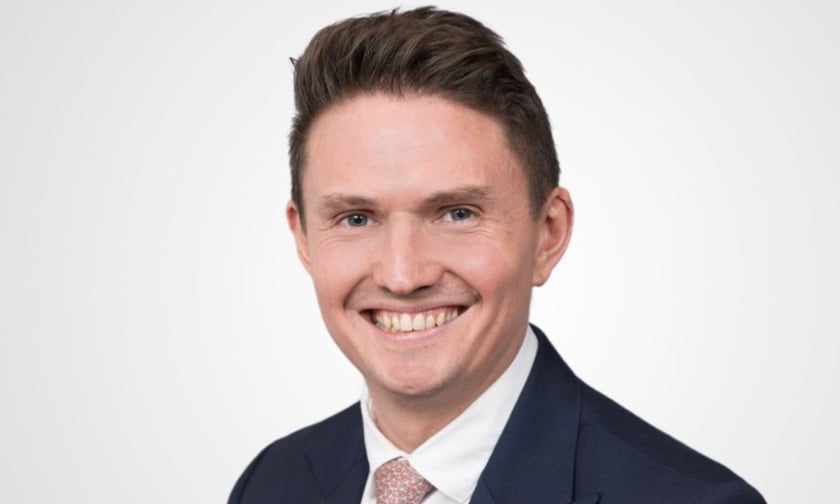
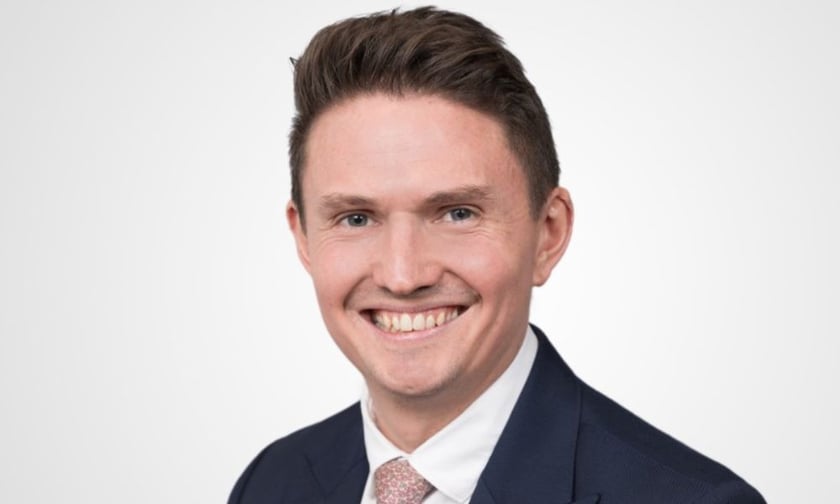
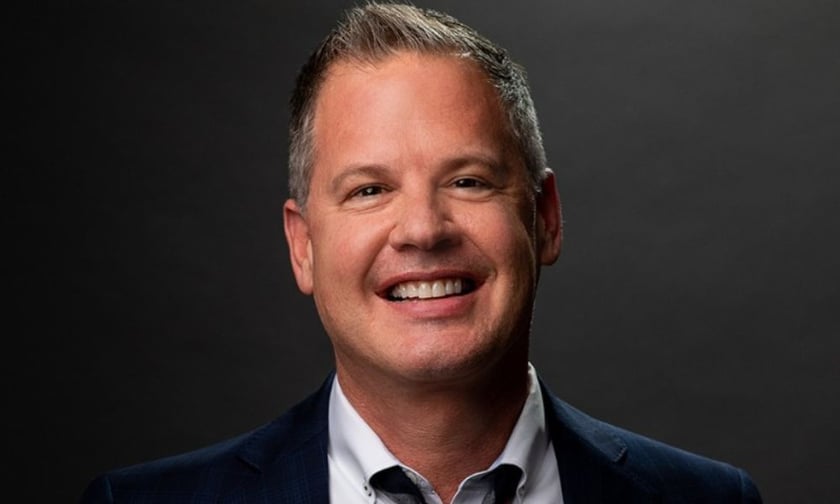
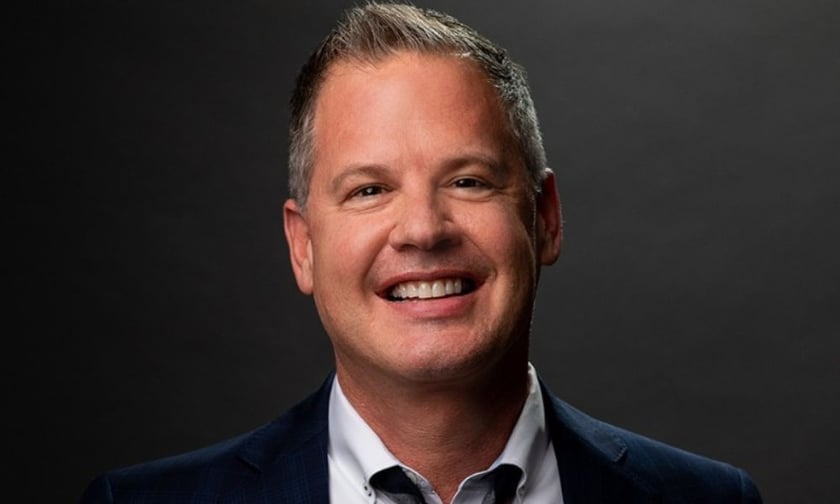






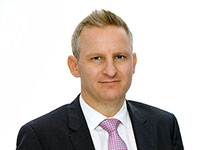 Killourghy (pictured) joined Re-Insurance Business to deliver a timely update. For the most part, he’s seeing a strong continuation of
Killourghy (pictured) joined Re-Insurance Business to deliver a timely update. For the most part, he’s seeing a strong continuation of 
